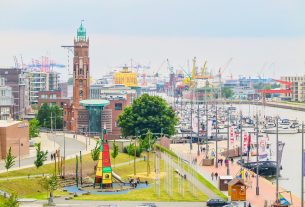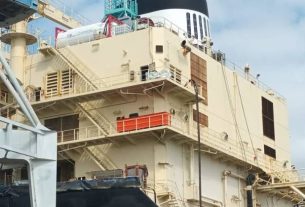The Netherlands – Enersea has joined forces with four significant oil and gas firms that operate in the Dutch section of the North Sea to carry out an extensive CO2 reduction research in an effort to address climate change.
Through process improvements and electrification with the installation of specialized offshore wind turbines, the study seeks to reduce CO2 by up to 60%.
Analyzing the power needs of existing assets and the technology needed to electrify the platforms was one of the suggested solutions, which produced favorable economics for base production. When defining the various operating modes of the power system and taking grid stability into account when integrating offshore wind energy with conventional energy systems, Enersea performed an accurate wind energy evaluation. Accurate cost estimating was supported by actual implementation strategies.
Offshore wind
The study discovered that employing green offshore wind energy instead of gas to power the assets can dramatically cut CO2 emissions in hydrocarbon production on existing assets. To get the best possible reduction vs. investment, Enersea advises preparing for a wind capacity of 200% to the required power levels. On windy days, extra wind energy may be used to produce hydrogen by electrolysis on the same platform and deliver it to shore as a blend of natural gas.
The collaboration represents a significant step for the oil and gas sector toward a more sustainable future. However, there may still be difficulties in putting these suggestions into practice. The substantial initial investment necessary for the construction of offshore wind turbines and the electricity of the platforms is a significant obstacle. The report advises making long-term financial plans because the solutions will boost base production’s profitability.
Sustainable future
The variable nature of wind energy presents another difficulty. Even though Enersea advises preparing for a wind capacity of 200% of the necessary power levels, there can still be times when the wind doesn’t produce much. This can be solved by utilizing battery storage technology, which would allow for the storing of extra wind energy for usage during periods of low wind.
Enersea’s collaboration with key oil and gas businesses in the Dutch area of the North Sea is, all things considered, a significant step toward the industry’s transition to a more sustainable future. The results of the study demonstrate the potential for CO2 reductions and advantageous economics when using offshore wind energy in the extraction of hydrocarbons. Even though there are still difficulties to be overcome, the study offers a guide for upcoming sustainability initiatives in the sector.




